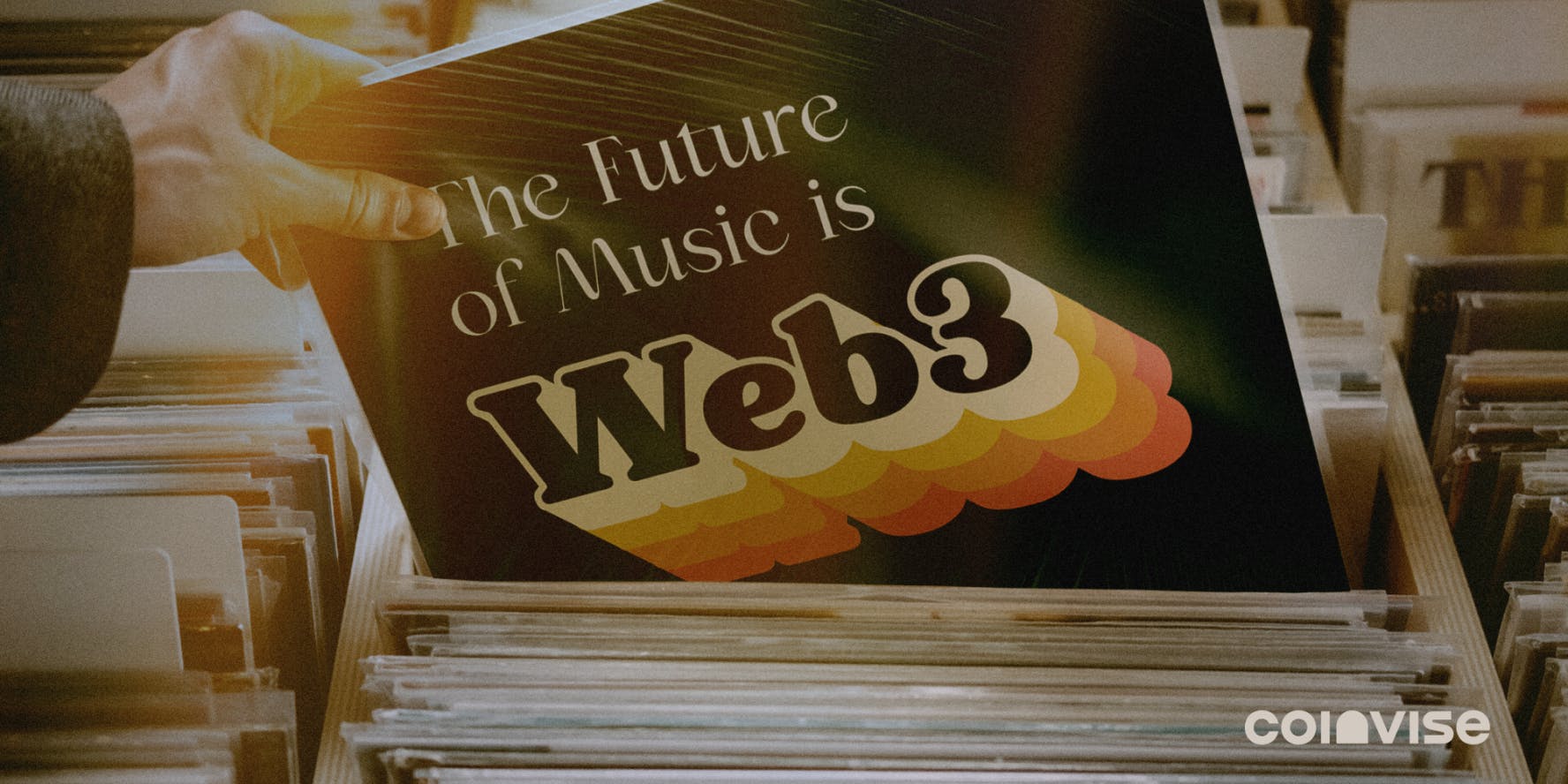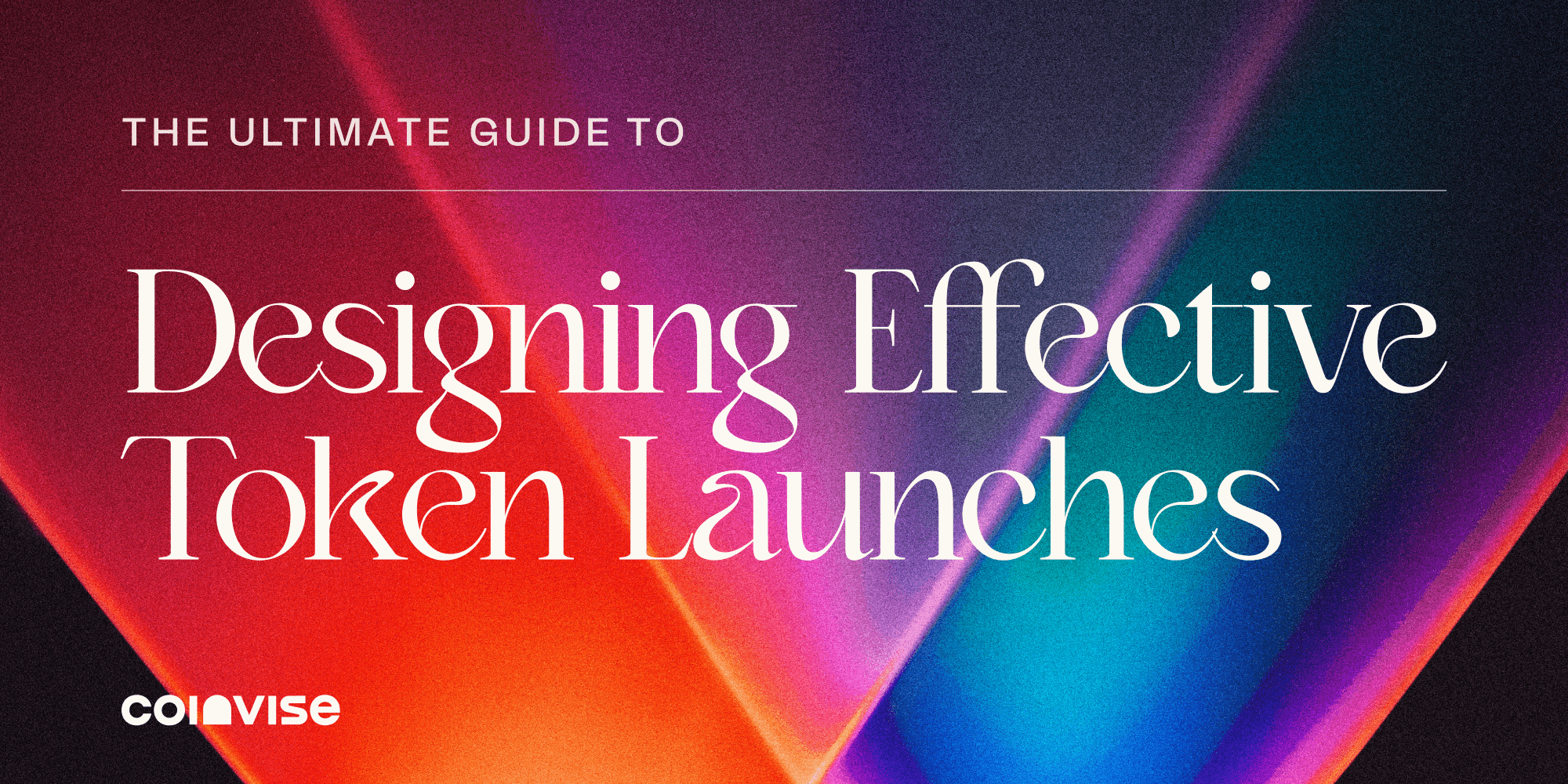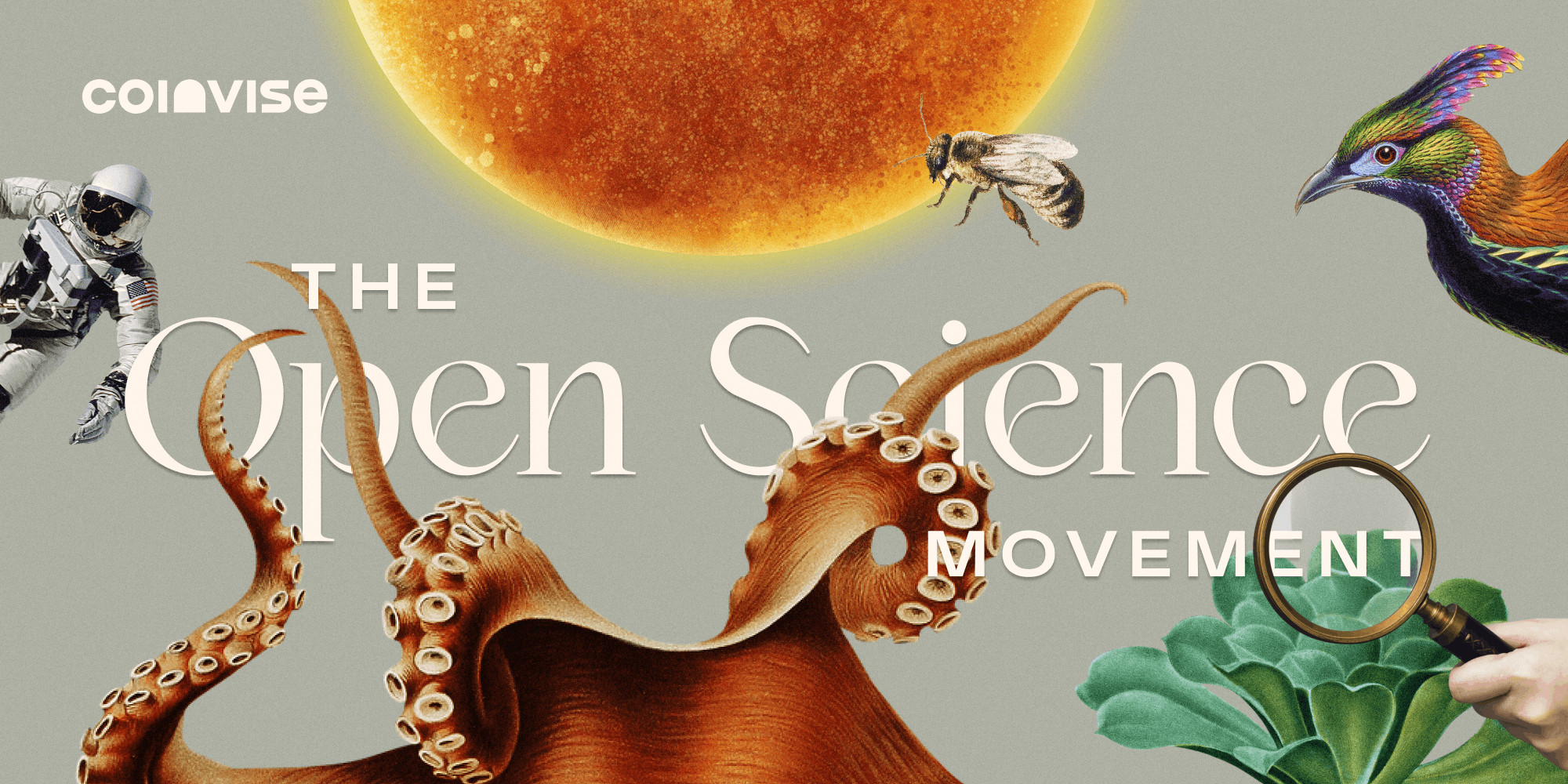The Future of Music is Web3. Should Artists Focus On NFTs, Social Tokens or DAOs?
The music industry is at the dawn of a new era. For too long, musicians have depended on intermediaries (e.g., streaming platforms, labels, etc.) to reach and monetize their audience, losing a majority of the value created to these intermediaries. In 2020, artists needed 3.5 million streams per year to achieve the annual earnings for a full-time minimum-wage worker of $15,080.
The situation was simply not sustainable. It needed to change.
In 2021, we saw the premise of a new era for musicians with the rise of Web3, a term that englobes many new technologies (NFTs, Social tokens, DAOs, etc.), allowing creators and fans to connect directly without intermediaries. Those new tools have gained momentum amongst the music industry with artists such as RAC, who made more money out of one NFT drop than during a 15-year career as a musician, 3LAU, who sold various NFTs of his album Ultraviolet in an auction and generated $11.7 million in sales, or major artists such as Snoop Dogg and Steve Aoki backing Music NFTs.
But for Web3 to become mainstream and profoundly change the music industry, we need to help more artists understand what's possible and how to experiment with those new technologies.
In this essay, we will explore three ways for musicians to leverage the power of Web3 to interact better and monetize their audience, analyzing the use-cases and the trade-offs of each possible solution.
Without further ado, let's get into it 🔥
1 - Leveraging NFTs to better connect with an existing audience.
TLDR; NFTs provide a way for super fans to show their loyalty and provide liquidity for creators.
The easiest way for artists to jump into the Web3 revolution is to create NFTs.
Non-fungible tokens (NFTs) provide a way for highly-engaged fans to access premium experiences with artists. They could be compared to virtual passes or golden tickets and come with status, scarcity, and belonging within a specific community.
For artists, NFTs represent an easy way to sell art and crowdfund future projects through the community, allowing them to better capture the value they're creating by easily removing intermediaries such as streaming platforms.
By buying the NFT, the "top 1% fans" can access a private group (e.g., Discord server or close friends on Instagram), be part of a sustainable community (less spam), connect with other members who have skin in the game (not only passive members or commenters), and have a space to build initiatives and make the artist more desirable over the long-term (the more desirable the artist, the more valuable the NFT will be). In short, NFTs represent an indirect way for fans to bet on an artist's career (with the hope of reselling the art later for a higher price), showcase their fandom, and have an intimate connection with their favorite artist.
NFTs are a great solution for already well-known artists wanting to better monetize and give more to their "top 1% fans".
However, NFTs also come with trade-offs for artists.
- NFTs create scarcity, resulting in reduced opportunities for the free flow of funds across the community.
- Artists launching NFTs need an already large and engaged audience, with fans keen to purchase expansive passes to access premium experiences.
- NFTs are a great way for fans to have a special connection with an artist but don't incentivize connections between community members (beyond the financial interest that binds them.)
- It's hard to retain people's attention over the long term with NFTs only.
2 - Leveraging Social Tokens to grow and engage a developing audience.
TLDR; Social tokens are suitable for up-and-coming artists wanting to engage with their first fans and need help to grow their community.
Social tokens are virtual currencies that live on a blockchain. They are usually earned by fans accomplishing missions/tasks for an artist and can be redeemed in exchange for special perks within the artist's community, such as access to premium content, merchandise, or the right to vote on future strategic decisions.
If NFTs are a one-off purchase that don't require additional work from fans, social tokens are earned over time by accomplishing missions and helping the artist succeed. NFTs could be compared to investing in an artist, while social tokens are more like getting a salary and working alongside the artist.
With a social token, creators can, for example, ask their fans to design the cover of their next album, get introduced to other artists, or ask for marketing advice. Community members would be incentivized to make the artist succeed as the value of their tokens would be directly correlated to the artist's success.
And that's the strength of Social tokens. They are an excellent way to include fans in the artist's development - starting by giving them a voice over future strategic decisions.
We recently saw Daniel Allan, a producer, artist & web3 enthusiast, putting 50% of his artist share of the master royalties into his social token ($OVERSTIM) treasury. Through this token, Daniel rewarded his fans who have supported him since the beginning and gave them voting power in future decisions related to his career.
As seen in the second part of this essay, social tokens are a great way for up-and-coming artists to engage their first fans and grow their community through well-designed incentives. Compared to NFTs, they allow artists to transfer value within and across the community.
Read further to learn how to launch a social token and engage an audience.
However, social tokens also come with trade-offs for artists.
- Social tokens are relatively unknown, and fans are more likely to buy NFTs than social tokens.
- For the tokens to have a financial value, artists have to create a Liquidity Pool and put money upfront.
- Solo creators will never use the full capabilities of the social tokens technology (ERC-20) which are particularly useful to coordinate a large group of people to work together.
3 - Building a DAO to create ambitious projects with an existing audience.
TLDR; DAOs are a great way for creators wanting to build a project beyond themselves as this new model of organization facilitates collaboration worldwide.
DAOs are virtual places (online communities) where people wanting to work toward the same goal decide to join forces to achieve high-ambition goals. A DAO can be created by a creator (or a group of creators) to leverage Web3 tools, create trust with fans, and collaborate in a decentralized way with no proper hierarchy.
DAOs, which we could compare to a new form of startups, let artists and fans work toward a joint project beyond the artists themselves, and make collaborations easy. It's a great way for creators wanting to launch an entrepreneurial project to do it with fans, leveraging the power of a whole community to grow quickly.
We've seen, for example, established institutions such as Colors, a stage for non-ordinary expression, embrace the Web3 mindset and create a DAO to better engage their global community of artists and creators in their activities. Through a DAO, Colors aims to "include their global community in their activities ranging from curation, contextualization through editorial, to ongoing support & sustenance through network access and funds." Music DAOs are already on the rise, and, according to Water & Music's ongoing music/Web3 dashboard, over 30 online music creator communities and collectives self-identify as DAOs.
In short, DAOs are great for creators wanting to launch a project beyond themselves and looking for a way to collaborate easily with people worldwide without intermediaries.
Read further to learn how to launch a DAO as a Creator.
However, DAOs also come with trade-offs for artists.
- Launching a DAO is like launching a startup. It requires a lot of work and community skills. It might be more suitable for artists with an entrepreneurial mindset wanting to launch a project beyond their art.
- A DAO is a long-term project. Artists shouldn't expect financial returns when launching a DAO.
- DAOs are still early, and this new way of collaborating is messy, chaotic, and unproven. But by creating a DAO, creators will learn quickly, have unparalleled upside, and discover more freedom and flexibility than ever.
Closing thoughts
The major music/Web3 opportunities lie over the long term. Despite what has been said in mainstream media, Web3 is not an easy way to grab cash for artists. It requires work. A lot of it. But by putting in some work and learning how to use those new tools, music creators will have the power to sustain a long-term and healthy community.
It's already obvious that the music industry will be one of the first impacted by these new technologies, the latter removing intermediaries and reinventing entirely how the music industry could operate. The music creators understanding the trade-offs of each potential solution will have an incredible advantage over competitors and will seize the opportunities when they arise.


